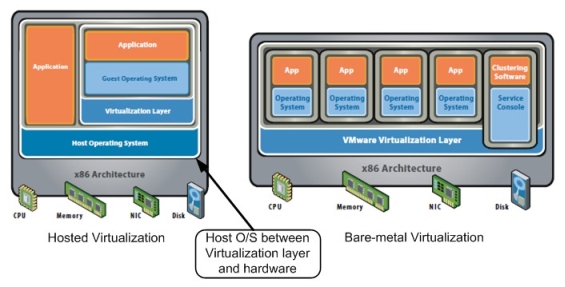

You are required to license all cores in your physical server.

The Windows license is always assigned here to the physical server You are essentially licensing the cores and not VMs you are running on top of the physical host.There are three principles to understanding the licensing changes as they have been instituted with Windows Server 20. With Windows Server 2016, Microsoft has moved to a per-core licensing model instead of the traditional per-socket licensing. Licensing Changesīefore looking at the specifics of Hyper-V licensing considerations, let’s take a quick look at changes in Microsoft licensing since Windows Server 2016. In this post, we will take a look at Windows Hyper-V licensing considerations and the factors that help determine your license strategy when running Microsoft Hyper-V. You will need to pick Windows licensing that aligns with your current business objectives and technical needs for running your virtual infrastructure with Hyper-V. When provisioning your Hyper-V infrastructure, Windows licensing will determine which version and configuration of Hyper-V you will need to run. Additionally, when deploying Hyper-V in your environment, licensing is an important consideration to make with your virtualization initiatives as well. Licensing plays a key role in determining how you build out your infrastructure as well as what edition of Windows Server you choose for various roles. One of the many considerations involved with managing your Windows Server infrastructure is licensing.


 0 kommentar(er)
0 kommentar(er)
